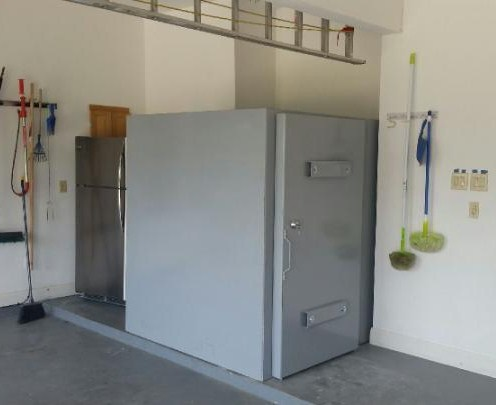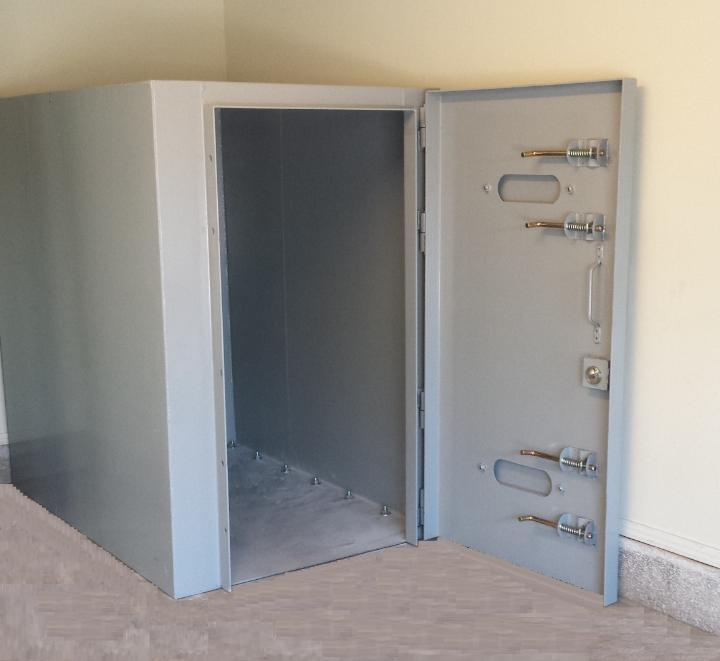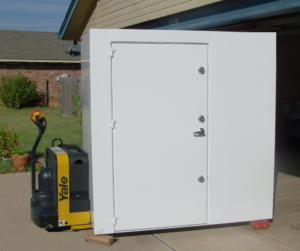In regions prone to natural disasters, having a safe room that meets Federal Emergency Management Agency (FEMA) guidelines is crucial for ensuring the safety of homeowners and their families.
This comprehensive guide navigates through FEMA’s recommendations, empowering homeowners with the knowledge needed to create a robust tornado safe room capable of withstanding the forces of nature.
Understanding FEMA Guidelines
FEMA provides detailed guidelines outlining the specifications for safe rooms designed to protect occupants during severe weather events, such as tornadoes and hurricanes. These guidelines cover various aspects, including structural design, construction materials, and occupancy capacity, with the aim of maximizing safety and minimizing risks.
Structural Integrity
FEMA emphasizes the importance of structural integrity in safe room design. Walls, ceilings, and doors must be reinforced to withstand the impact of high-speed winds and flying debris. Additionally, safe rooms should be anchored securely to the foundation to prevent uplift and displacement during storms.
Construction Materials
Recommended construction materials for safe rooms include reinforced concrete, steel, and other resilient materials capable of resisting penetration by airborne projectiles. Walls and roofs should be constructed using materials that meet FEMA’s standards for impact resistance, ensuring the shelter’s ability to withstand extreme forces.
Occupancy Capacity
FEMA guidelines specify the minimum occupancy capacity for safe rooms based on factors such as the size of the intended user population and the anticipated duration of sheltering. Adequate space must be provided to accommodate all occupants comfortably while allowing for essential supplies and emergency provisions.

Ventilation and Communication
Proper ventilation and communication systems are essential components of safe room design. Adequate ventilation ensures a constant supply of fresh air while preventing the buildup of harmful gases. Communication devices, such as cell phones or two-way radios, enable occupants to stay connected with emergency services and loved ones outside the safe room.
Accessibility and Location
Safe rooms should be easily accessible to all occupants, including individuals with disabilities or mobility challenges. The location of the safe room within the home should be carefully chosen to minimize exposure to external hazards and maximize accessibility during emergencies.
Certification and Compliance
Homeowners should ensure that their safe room complies with FEMA guidelines and, if applicable, local building codes and regulations. Seeking certification from FEMA or other reputable authorities can provide assurance of the safe room’s efficacy and compliance with established standards.
Invest in Peace of Mind: Discover Our High-Quality Tornado Shelters in Dallas, TX!
Safe Rooms US offers premium steel tornado shelters built to endure the fiercest storms. Based in Dallas, TX, our expert team crafts custom safe rooms tailored to your specific needs. From above-ground storm shelters to community storm shelters in Calera, we provide unmatched protection for you and your family.
Don’t wait for disaster to strike – ensure your safety today by contacting us for a consultation on our tornado shelter options.










